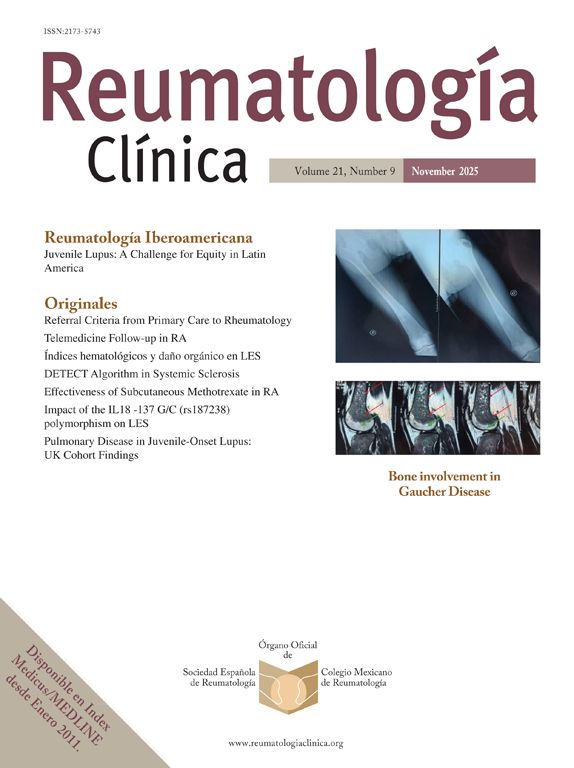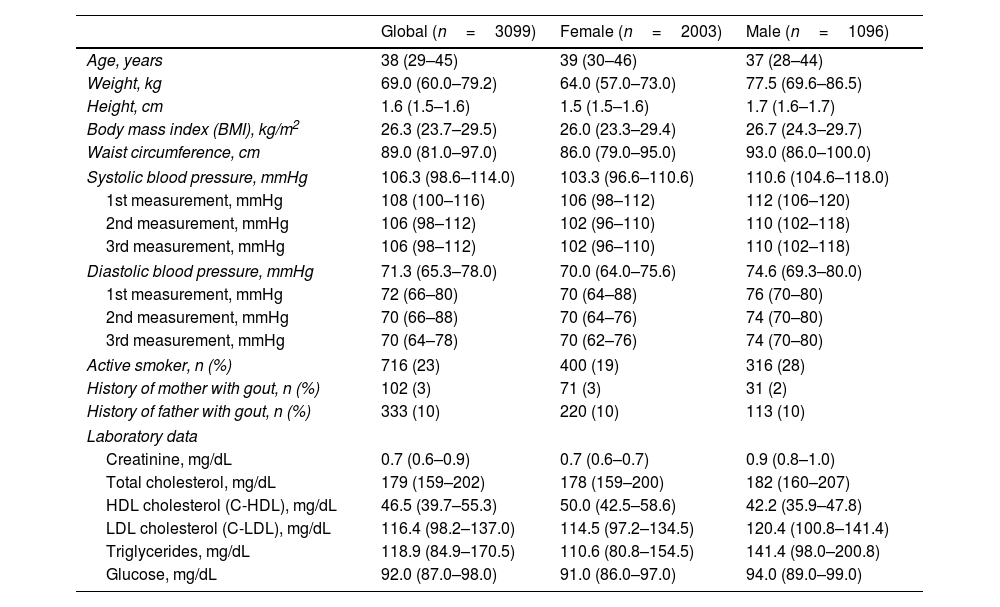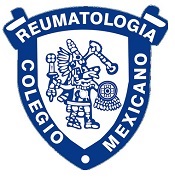Urate is the final product of purine catabolism, and its levels have been linked to various cardiometabolic disorders. In Mexico, most epidemiological data on urate levels derive from populations with existing comorbidities, limiting the establishment of normative reference values.
ObjectiveTo characterize the distribution of serum urate concentrations in a healthy adult population residing in Mexico City.
MethodsA cross-sectional analysis was conducted using data from 3099 healthy adults (64.6% women) enrolled in the Tlalpan 2020 cohort. Participants with chronic diseases, abnormal blood pressure or glucose levels, or exposure to urate-altering medications were excluded. Clinical, anthropometric, and biochemical parameters were recorded, and serum urate concentrations were analyzed overall and stratified by sex.
ResultsThe median serum urate level in the overall cohort was 5.16mg/dL (interquartile range, 4.32–6.15), with a central 95% reference interval ranging from 3.05 to 7.98mg/dL. Median urate levels differed significantly by sex: 4.60mg/dL (3.99–5.28) in women and 6.39mg/dL (5.61–7.09) in men. The prevalence of hyperuricemia in the total cohort was 16.5%, notably higher in men (28.4%) compared to women (10.0%).
ConclusionThis study establishes sex-specific reference values for serum urate in a healthy Mexican adult population. The findings may inform clinical decision-making and future research on urate-related risk stratification.
El urato es el producto final del catabolismo de las purinas y su concentración se ha asociado con diversos trastornos cardiometabólicos. En México, la mayoría de los datos epidemiológicos sobre los niveles de urato provienen de poblaciones con comorbilidades existentes, lo que limita el establecimiento de valores de referencia normativos.
ObjetivoCaracterizar la distribución de las concentraciones séricas de urato en una población adulta sana residente en la Ciudad de México.
MétodosSe realizó un análisis transversal utilizando datos de 3,099 adultos sanos (64.6% mujeres) incluidos en la cohorte Tlalpan 2020. Se excluyeron participantes con enfermedades crónicas, cifras anormales de presión arterial o glucosa, o exposición a medicamentos que alteran el urato. Se registraron parámetros clínicos, antropométricos y bioquímicos, y las concentraciones de urato se analizaron de forma global y estratificadas por sexo.
ResultadosLa mediana de urato sérico en la cohorte fue de 5.16mg/dL (rango intercuartílico: 4.32–6.15), con un intervalo de referencia (95%) que oscila entre 3.05 y 7.98mg/dL. Las concentraciones de urato difirieron significativamente por sexo: 4.60mg/dL (3.99–5.28) en mujeres y 6.39mg/dL (5.61–7.09) en hombres. La prevalencia de hiperuricemia en la cohorte total fue de 16.5%, siendo mayor en hombres (28.4%) que en mujeres (10.0%).
ConclusiónEste estudio establece valores de referencia de urato específicos por sexo en una población mexicana adulta sana. Los hallazgos pueden ser útiles para la toma de decisiones y para futuras investigaciones sobre la estratificación del riesgo relacionado con el urato.










